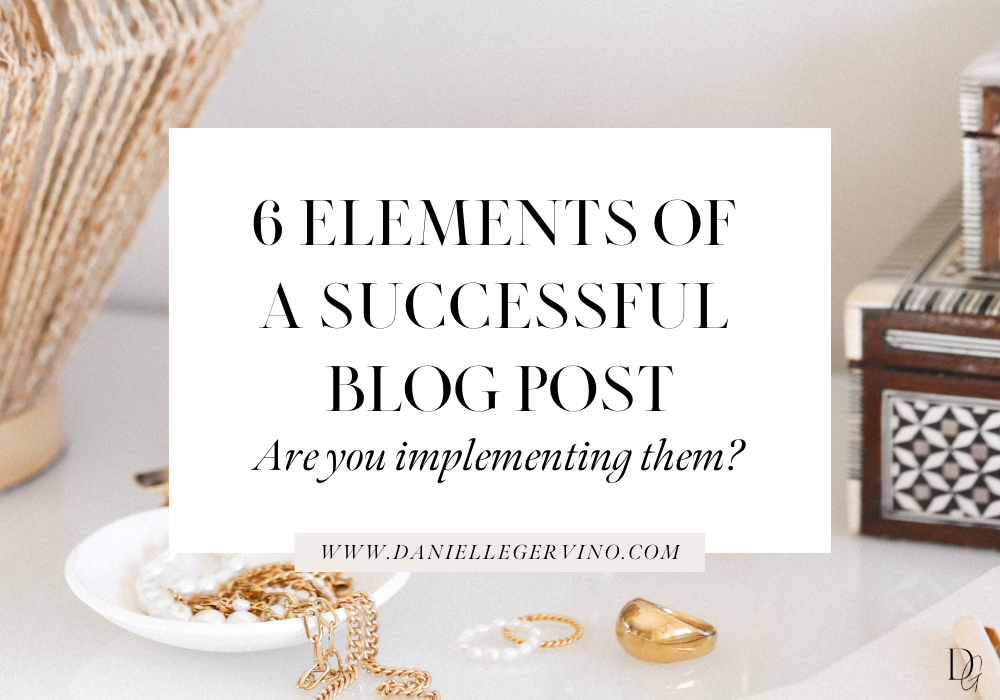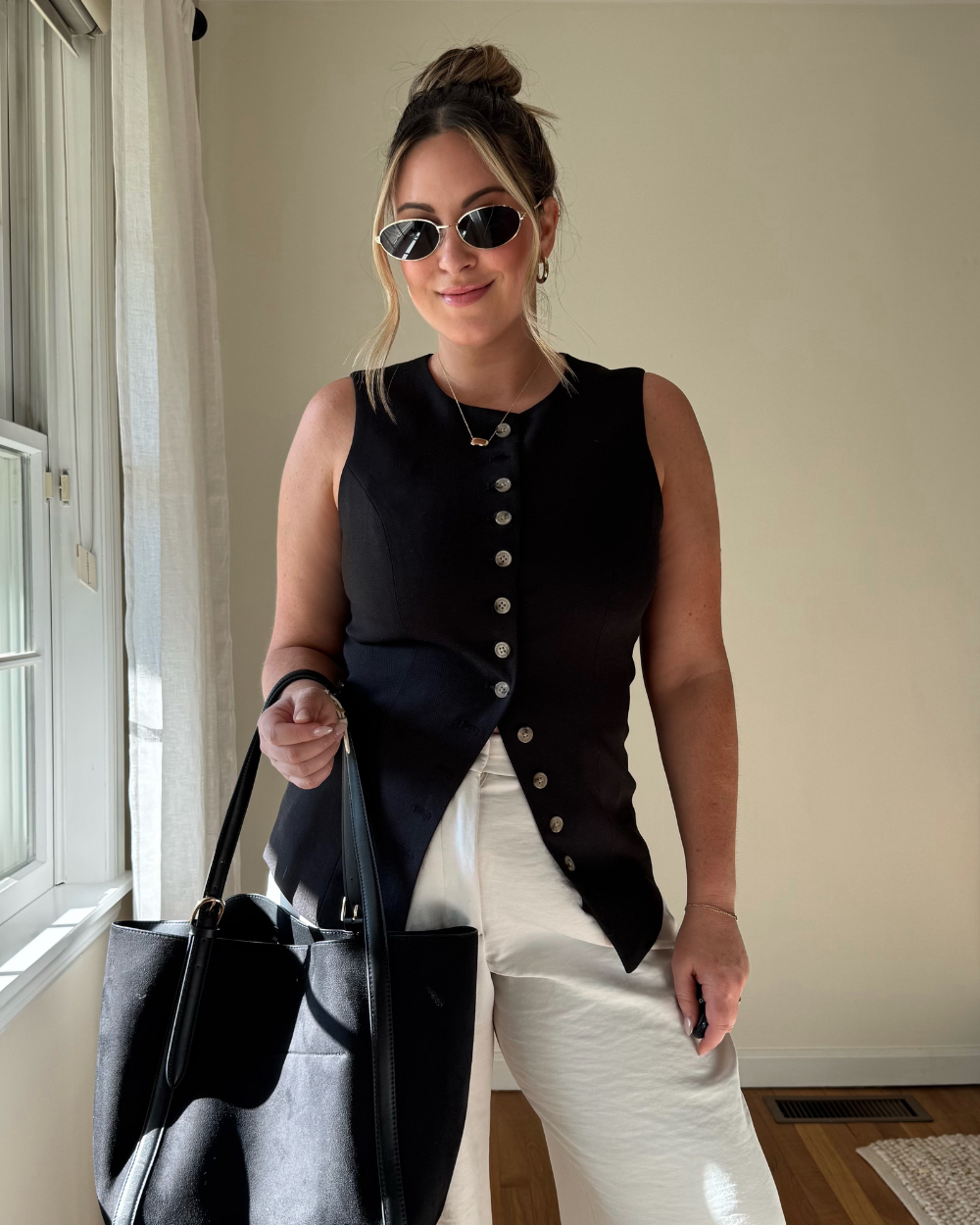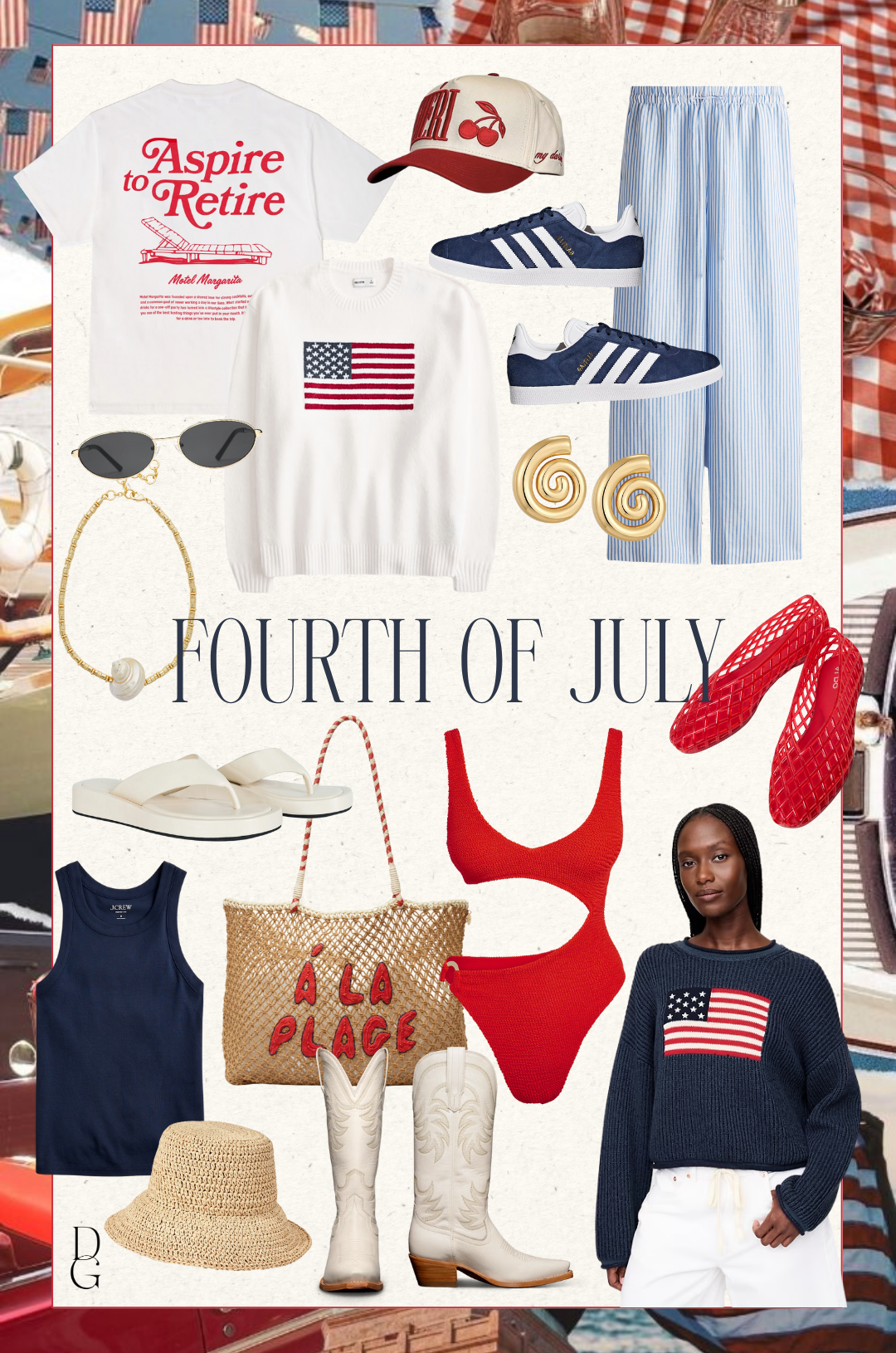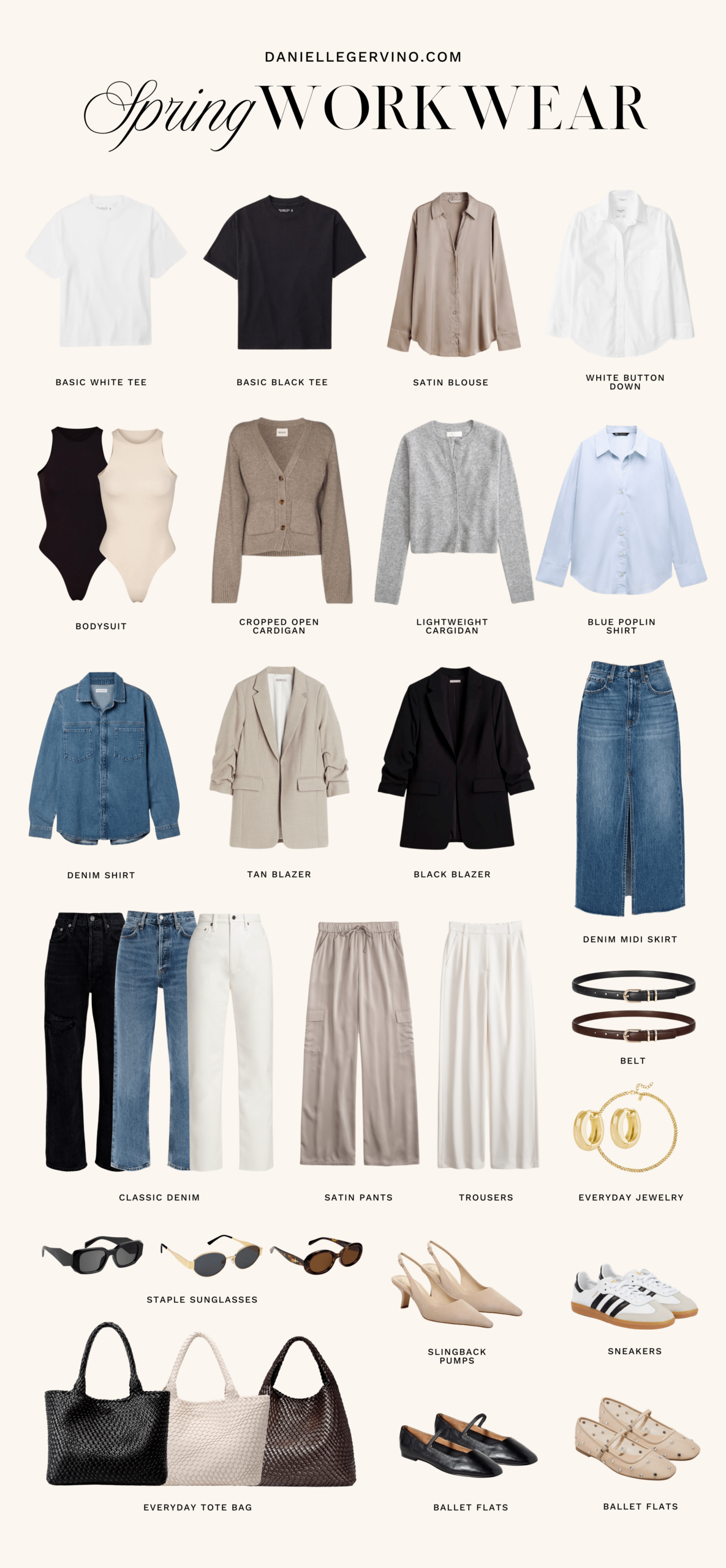
6 Elements of a Successful Blog Post: Are You Implementing Them?
I'll be honest, as a blogger, I only consistently read a very small handful of blogs. The main reason being that I don't find inspiration or relevancy in what I'm reading, or the post loses me two sentences in.
In an industry as saturated as this one, new blogs are popping up every day. Sometimes I'll get curious and peruse a new blog to check it out and see what it's all about. And you know what? I consistently find the same thing: posts not tailored to readers.
We'd think it's pretty simple right? Catchy headline, valuable content, pretty pictures - why wouldn't people want to invest in our content? The point here is that those basic elements only scratch the surface, so today, I want to dig a little deeper.
Use this post as a checklist of sorts for your own blog and ask yourself - am I implementing all elements of a successful blog post every time I hit publish?
Also see: 6 Reasons Why No One is Reading Your Blog
1. Click-Bait Title
Obvious, right? Then how come I close out of 70% of blog posts I see based on their title? I touch on this in depth in my post, 6 Reasons Why No One is Reading Your Blog, but in short, titles are the first thing your readers see, and the only thing, if you don't do it right.
So often I see style content with titles like "Cozy Fall Sweater and Jeans" or "My Fall Makeup Routine" and I'm just going to say it - it's boring! it's not relevant! it's a great reason to exit. You have to get creative, and you have to convince your readers that your content is worth investing in, before they even get to it.
I stumbled upon these title tips on the Buffer blog back when I first started blogging, and have used them ever since:
- Surprise – “This Is Not a Perfect Post (But It Could’ve Been)”
- Questions – “Do You Know How to Create the Perfect Post?”
- Curiosity gap – “10 Ingredients in a Perfect Blog Post. Number 9 Is Impossible!”
- Negatives – “Never Write a Boring Blog Post Again”
- How to – “How to Create a Perfect Blog Post”
- Numbers – “10 Tips to Creating a Perfect Blog Post”
- Audience referencing – “For People on the Verge of Writing the Perfect Blog Post”
- Specificity – “The 6-Part Process to Getting Twice the Traffic to Your Blog Post”
2. An Introductory Hook
Yes, I used to drill this into my 3rd graders every time we launched a new writing unit. First impressions matter.
It's talked about all of the time - how in the age of the internet, our attention spans are infinitely diminishing. For this reason and this reason alone, in order to create a successful blog post, you have to make your first paragraph count.
Your readers may have made it past your title, but you don't have this in the bag just yet. Now is the crucial time to say to yourself, "okay, you're curious enough about my content that you've gotten this far, but here's why you're going to hang around for another few minutes and actually invest in it."
I often see bloggers start their posts out with a recap of their week or upcoming weekend plans (definitely guilty here too), and while I do think there are times when that's an appropriate way to open a post, for the most part, many readers are going to skip right past it.
Here's how you can hook them instead:
- Storytell. Share a personal story that will tie into your content or a moment of transparency
- Ask a relevant question (ie: have you ever wondered how you can get more use out of your summer pieces in the Fall?)
- Start with a bold statement relevant to the core content of your post
- Bring in your humor or writing voice that your readers know and love
3. Visually Pleasing Paragraphs
Would you believe that people read only 28% of the words in a blog post? Talk about making what little chance you have for an impression count.
How often do you visit a post, see a huge paragraph that takes up the whole length of the page, and immediately skip over it, or skim for a few key words, and jump to the next? I do this ALL THE TIME, and as a result, I'm not really reading the content at all. Instead, I'm skimming, looking at the visual content, and leaving.
I mean, sure, there are times when you stumble upon a really compelling blog post that's content heavy and find yourself wrapped up, but really, most of the time we want to be in and out of a post in 5 minutes or less.
The fewer characters a person sees on a page, the easier the text is to comprehend and the less complex it seems, thus making your readers more apt to actually read it.
- Break up your text throughout your post and keep your paragraphs 1-3 sentences at most
- Use bulleted lists, block quotes, bold or unique text
- Seek out visual inspiration in blogs that you love and enjoy reading. What is your experience like and how can you recreate it for your readers?
4. CTA's (Call-to-Actions)
The good news about CTA's, is that most of us are already including them throughout our blog posts! Keep in mind though, that the more CTA's sprinkled throughout, the more likely our readers are to interact with them.
Some examples of CTA's:
- Social share buttons
- "Tell me below in the comments" closing
- Embedded YouTube videos
- Internal links
- Subscribe pop-up
- Follow me on ____ for more tips
5. The Right Amount of Visuals
Often times, visuals are what carry our posts. They're what readers may look past a boring title to see, and what keep them scrolling throughout our posts. How much is the right amount? I casually asked one of my non-blogger friends what she thought about this and this was here response:
"I love seeing the pictures and it's often what I visit a blog post to look at, but I don't need to see 6 pictures of an almost-identical pose in the same outfit".
HA - she's right. You know she is.
- Keep your visuals between 4-8, depending on the type of post
- Narrow them down to the very best. For example, in a style post, instead of 3 full-body's that look the same, include a full body, a half body, and a detail shot
- Take time to edit before they make it to the blog. We remember photos 6 times easier than we remember text.
6. Usable & Searchable Permalinks
According to Google, it's best to use three to five words in the slug of your permalink. Permalinks, believe it or not, are often used by our readers to revisit a post. If it's one that's easy to remember, they're more likely to be able to access it quicker.
In addition, permalinks are vital to a successful blog post, because they play an important role in your SEO. For that reason, it's important to create permalinks that also might be keywords users are searching for on the web.
For example, www.daniellegervino.com/canva-secrets-revealed is much easier to find & remember than something like, www.daniellegervino.com/how-to-create-marketing-graphics-for-your-blog-and-canva-secrets-revealed



